All Stories
-
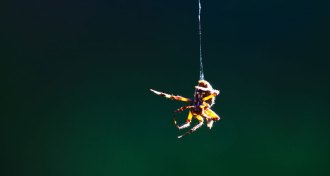 Materials Science
Materials ScienceBacteria can be coaxed into making the toughest kind of spider silk
Lab-altered bacteria have made a copy of a spider’s strongest silk strands, which could one day be used to make more sturdy materials.
By Jeremy Rehm -
 Anthropology
AnthropologyForeigners may have conquered ancient Egypt without invading it
Dental evidence suggests female Hyksos immigrants married into power.
By Bruce Bower -
 Genetics
GeneticsA Nobel Prize winner argues banning CRISPR babies won’t work
Human gene editing needs responsible regulation, but a ban isn’t the way to go, says Nobel laureate David Baltimore.
-
 Health & Medicine
Health & MedicinePumping may be linked to an altered microbial mix in breast milk
Beneficial bacteria are more abundant in the milk of mothers whose babies feed straight from the breast.
-
 Physics
PhysicsThe LIGO and Virgo gravitational wave detectors are back on
Souped-up instruments could spot never-before-seen sources of gravitational waves.
-
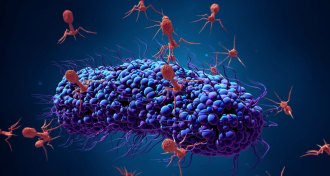 Health & Medicine
Health & MedicineIn ‘The Perfect Predator,’ viruses vanquish a deadly superbug
In ‘The Perfect Predator,’ an epidemiologist recounts the battle to save her husband from an antibiotic-resistant infection.
-
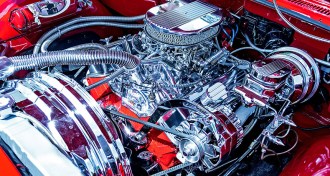 Quantum Physics
Quantum PhysicsA new quantum engine packs more power than its standard counterparts
A new type of tiny machine harnesses quantum physics to produce more power than a normal engine, under certain conditions.
-
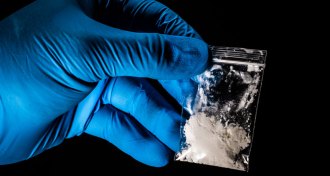 Health & Medicine
Health & MedicineA single-dose antidote may help prevent fentanyl overdoses
Packing overdose medication into nanoparticles could help it better counteract dangerous synthetic opioids.
-
 Animals
AnimalsWatch a desert kangaroo rat drop-kick a rattlesnake
Desert kangaroo rats have a wide arsenal for dodging rattlesnake ambushes. But the most dramatic might be their powerful midair kick.
By Mike Denison -
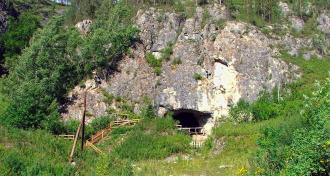 Anthropology
AnthropologyThe first known fossil of a Denisovan skull has been found in a Siberian cave
A new fossil and evidence that the hominids interbred with humans as recently as 15,000 years ago only add to Denisovans’ mystery.
By Bruce Bower -
 Astronomy
Astronomy4 things we’ll learn from the first closeup image of a black hole
Scientists are gearing up to release the first image of the black hole at the center of the galaxy. Here’s what they hope to find out.
-
 Climate
ClimateOne Antarctic ice shelf gets half its annual snowfall in just 10 days
Antarctica’s coasts get most of their snow from just a few big storms each year.